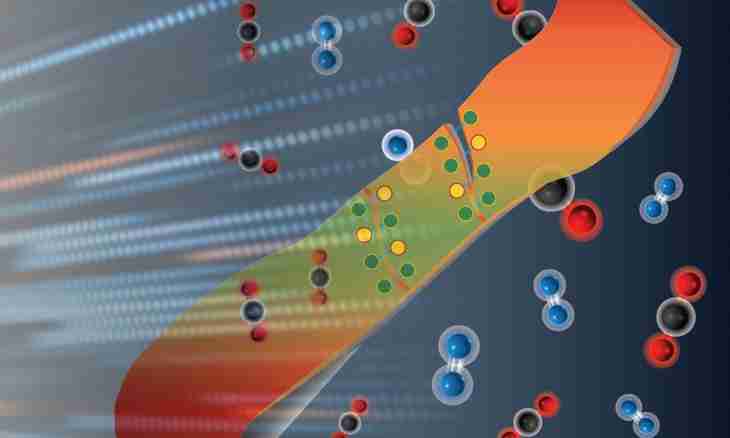Polymer – the high-molecular chemical consisting of a large number of monomeric links. Thanks to the chain building, polymers have high elasticity and ability to sharply change the physical properties under the influence of reagents.
Polymers received such name (from Greek "weed" - much) because of the complex structure. These chemicals are created by numerous communications between atoms and consist of long macromolecules. The quantity of links of a chain of polymer carries the name of extent of polymerization. Complex substance is considered polymer if at addition to it of one more monomeric link of its property do not change. The monomeric link is a structural element of polymer which constantly repeats, forming a chain. Links consist of several atoms and are grouped in a certain principle which, repeating, make structure of polymer. Polymers have both organic, and inorganic origin. Proteins, polysaccharides, nucleinic acids and also rubber, etc. belong to organic polymers. Inorganic polymers are produced in the artificial way on the basis of elements of natural origin. For this purpose apply polymerization, polycondensation and other chemical reactions. At the same time the name of required polymer is formed of connection of a prefix at - with the name of the participating monomer. People use polymers in many areas of the life, for example, at production of clothes, construction, automotive industry, production of paper, in medicine, etc. These are such natural materials as skin, fur, silk, clay, lime, rubber, cellulose and so forth. Artificial polymers – kapron, nylon, polypropylene, plastic, fiber glass, etc. Living tissues of vegetable and animal organisms represent the numerous difficult connections called biological polymers. These are proteins, unique chains of DNA, cellulose. Properties of polymers are various and depend on the molecular building. Actually, life on the earth arose thanks to emergence of high-molecular connections. This phenomenon has the name of chemical evolution. There are two conditions of polymers – crystal and amorphous. The main condition of crystallization of a polymeric molecule – existence and regularity of repetition enough long sites. Amorphous polymers, in turn, can exist in three physical states: vitreous, vysokoelastichesky and plastic and also can pass from one state into another. For example, polymers which are capable to pass at high temperature from a vysokoelastichesky state into vitreous are called elastomers (rubber, rubber), and at low – thermolayers or plastics (polystyrene). This temperature is called vitrification temperature. Polymers can change the properties during various chemical reactions. For example, when curing rubber or tanning skin there is so-called "sewing together" of molecules, i.e. strong molecular communications are formed.

